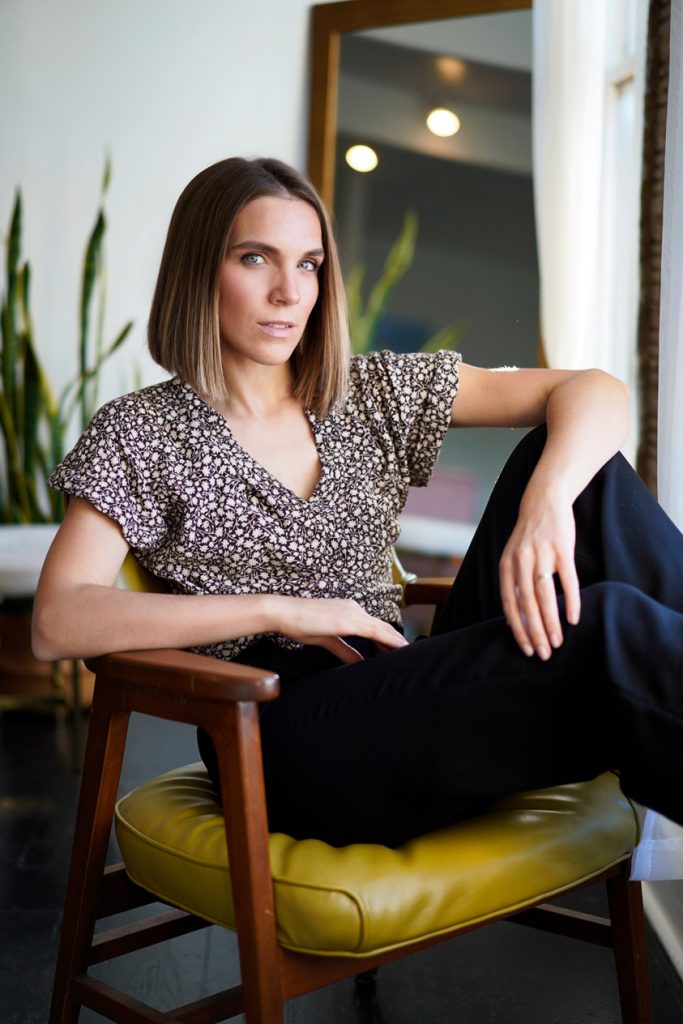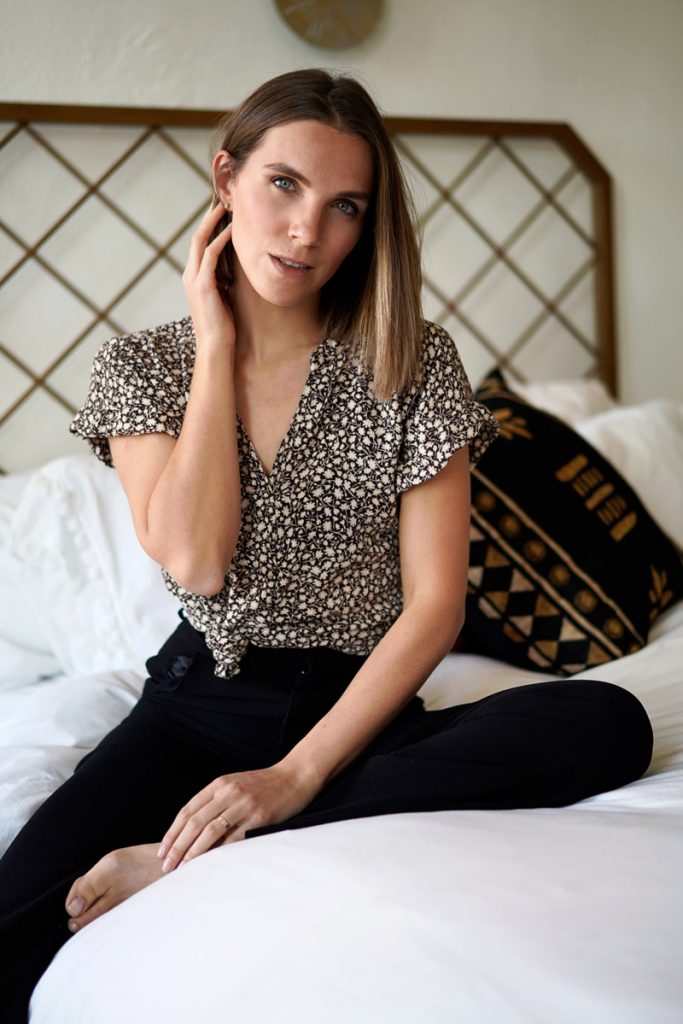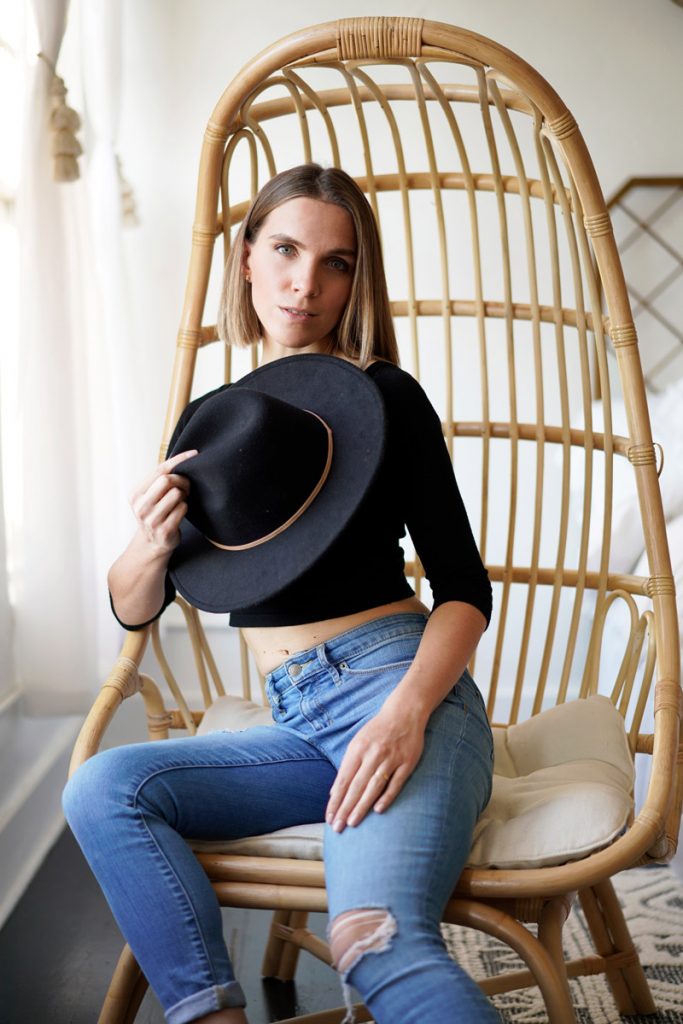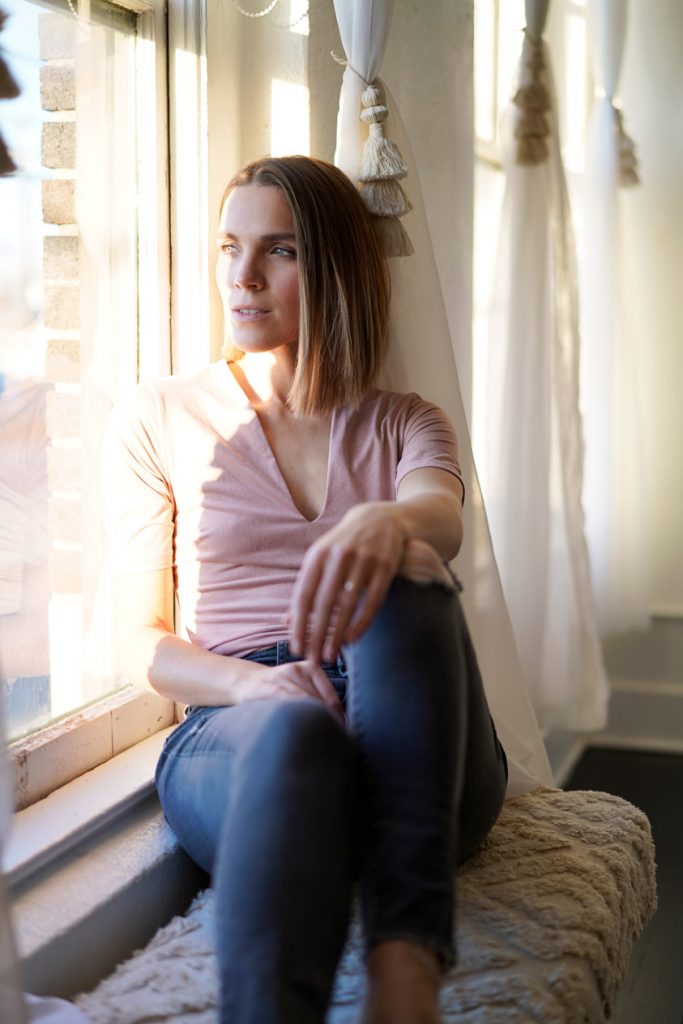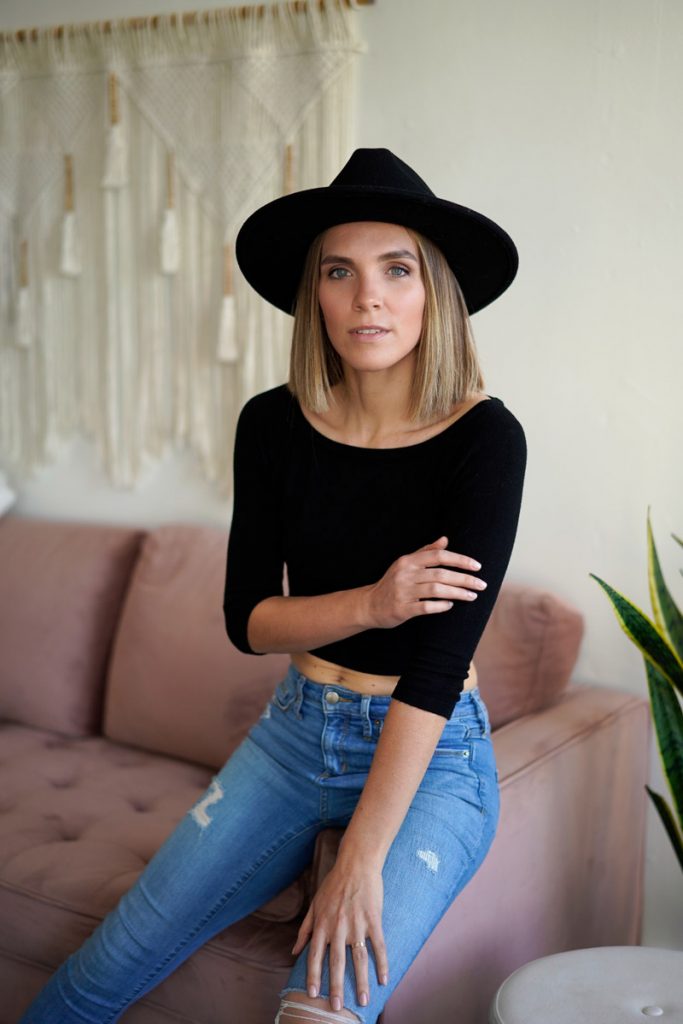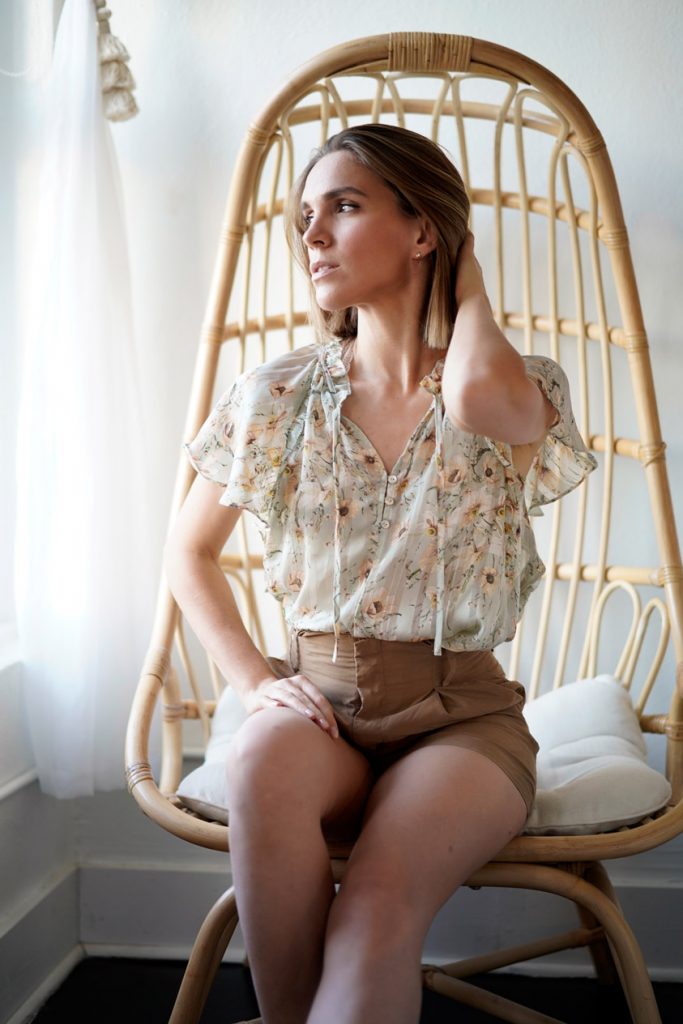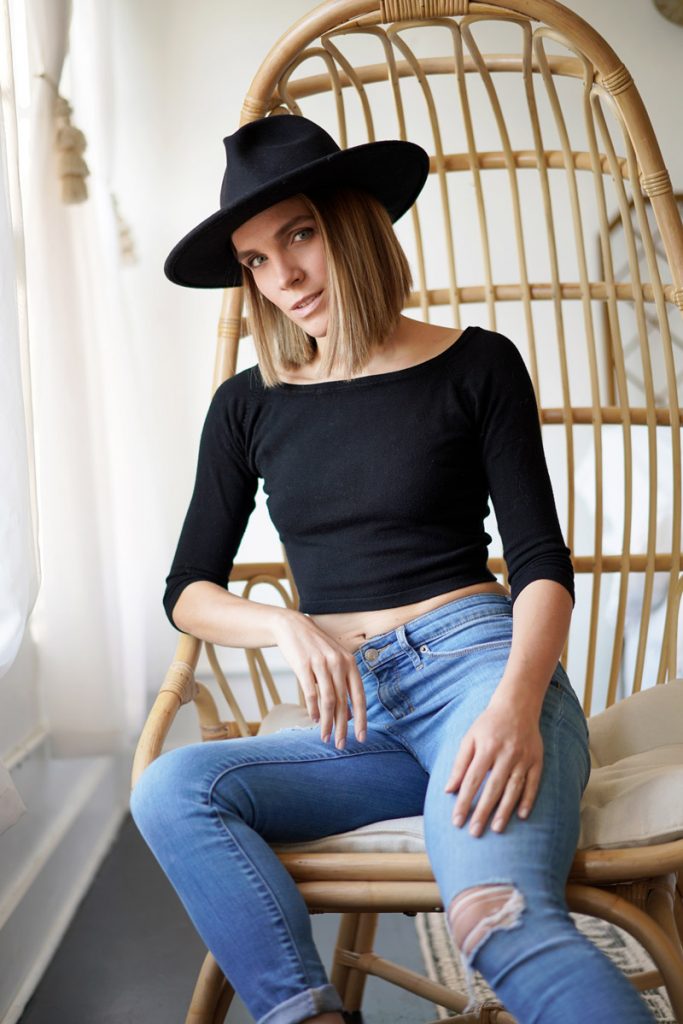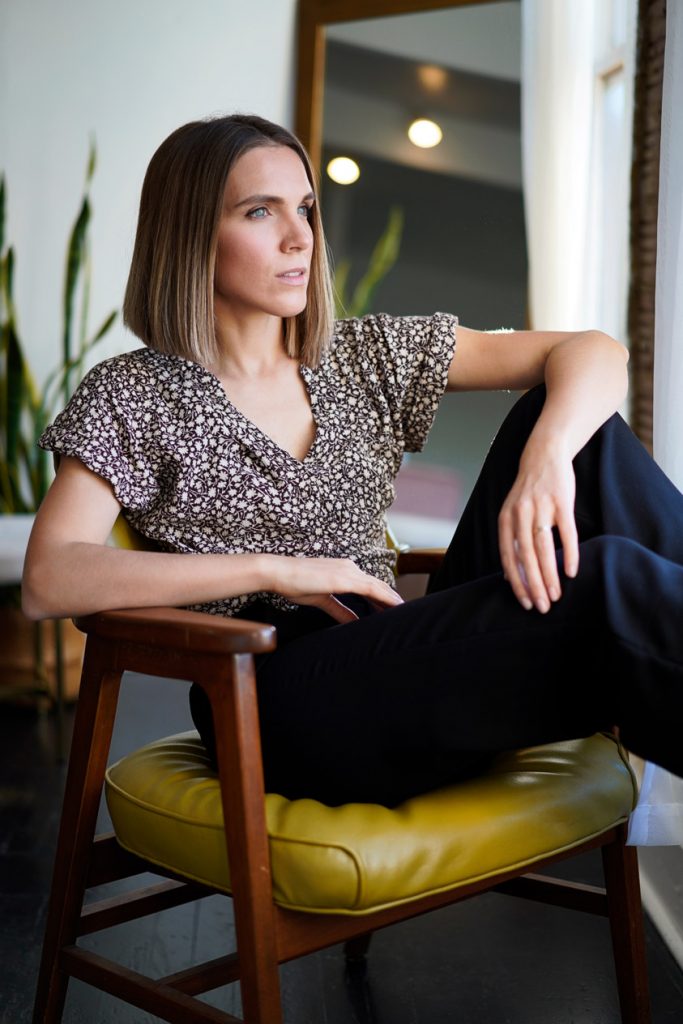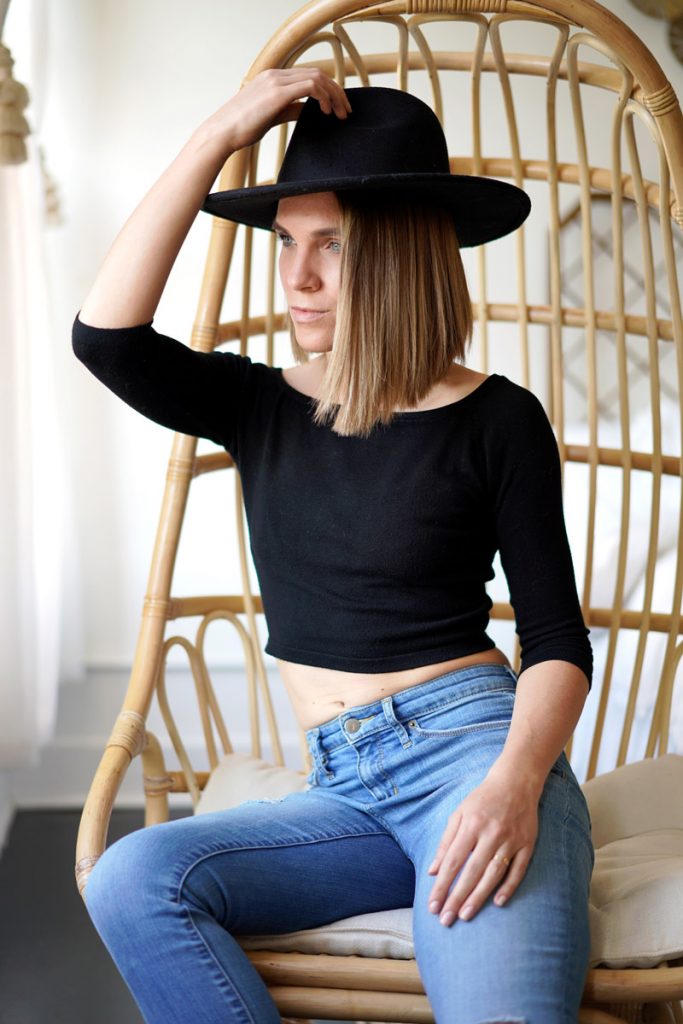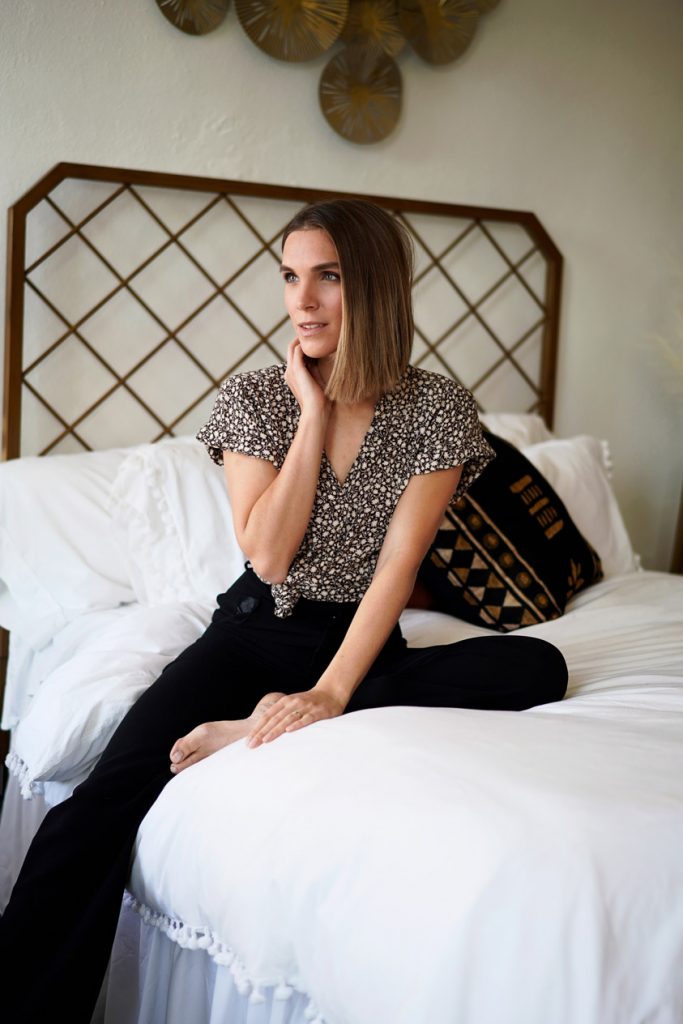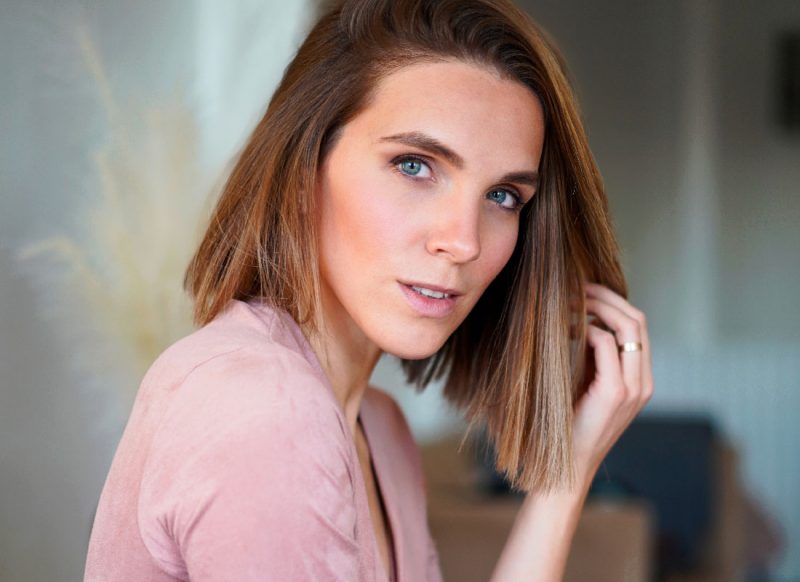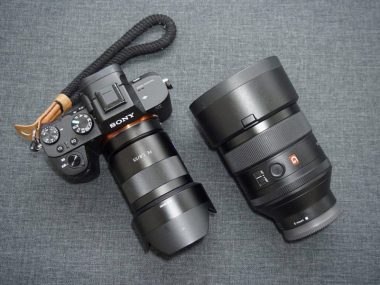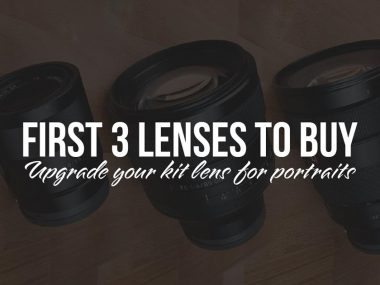What does it look like to use a 50mm lens for portraits? In this portrait shoot with Hanna, I wanted to answer that question and also show you samples images with a 50mm lens.
What does it look like to shoot with a 50mm lens
A 50mm prime lens is a common portrait photography lens that gives you a similar field of view as the human eyes. Each eye is around 23mm and combined this is close to a 50mm field of view. This is what users can expect from using this or lenses close to this focal range.
A 50mm lens is a part of the 3 trinity prime lenses. These include the 35mm, 50mm and 85mm.
[wptb id=5385] [wptb id=5294] [wptb id=5292]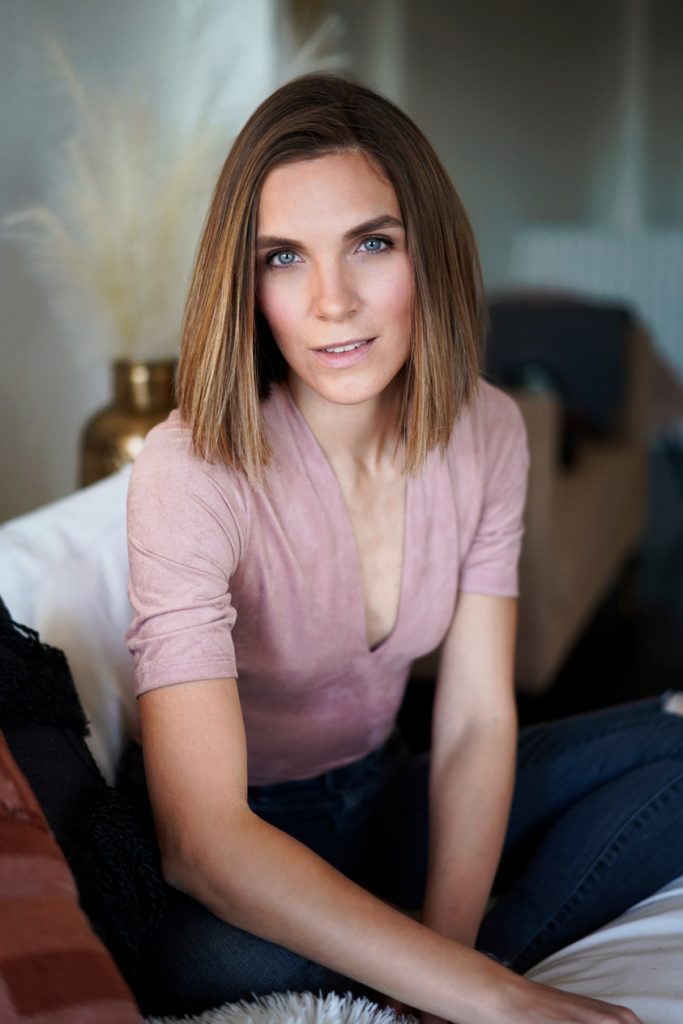

Using a 50mm for Portraits
In this sample portrait shoot with my good friend Hanna, I used my Sony 55mm f1.8 lens. I wanted to give you an idea of what type of photos you can get with a 50mm lens.
I know the 55mm is not an exact 50mm, but this is a really close focal length and the only 50mm that I currently own.
I’ve shot over 100+ shoots with my 55mm lens and I love the quality and sharpness of the images.
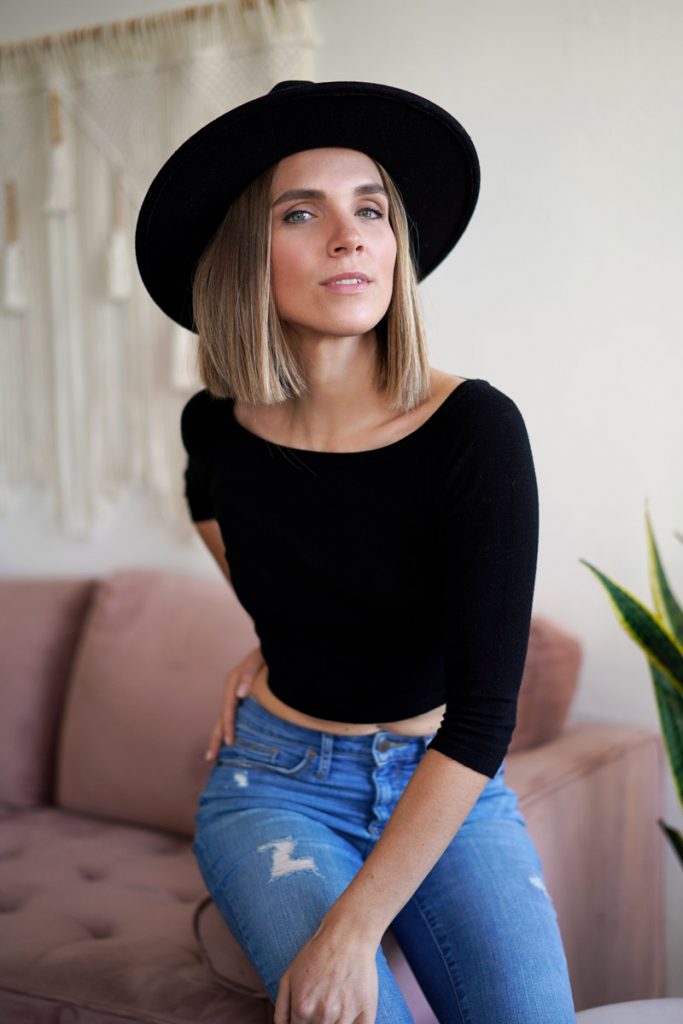
Why is the 50mm called a nifty-fifty
The 50mm lens is often referred to as a “nifty-fifty” lens due to the versatility and features of the lens. Also because the size of this lens tends to be small and compact and easy to carry around.
The 50mm focal range is suitable for many styles of photography, not just portraits. You can use it for street photography or even environments if you would like.
It’s wide enough to allow you to capture environmental portraits but also lets you get close up shots as well.
The 50mm has minimal distortion so your subjects will not look stretched out like close up shots with a 35mm.
All camera manufactures, as well as third-party lens manufactures, have budget friendly versions of a 50mm. Do your research and find a 50mm in your budget range. You won’t regret it.

Why choose a 50mm for portraits
Beginner photographers with limited budgets want a versatile lens when they’re ready to upgrade from the standard kit lens.
It’s a big investment to move into more expensive glass for your camera.
The 50mm is often the first choice when upgrading to a more professional style prime lens that offers larger and faster apertures. These can offer apertures that shoot wide and fast at f1.8 or f1.2.
You can find a 50mm in many budget friendly options along with higher end versions for more professional applications.
Is a 50mm prime lens good for beginners
The 50mm lens is a smart choice for beginner photographers. It’s a perfect middle of the road lens, that offers versatility and quality for your camera.
You can find many budget options as well as sizes for your camera mount.
The 50mm will give you a good range of options when shooting portraits. This focal range has less distortion than a 35mm and more options in areas with limited space.
You don’t have to back-up as far with a 50mm lens. In contrast, you do have to move back when shooting with an 85mm in the same space.
Can you get close up shots with a 50mm prime lens
You can get close up shots with a 50mm lens depending on the minimum focal distance. This is the minimum distance required for the lens to focus on your subject.
The Sony 55mm has a minimum focusing distance of 1.64ft or 50cm.
This allows for some fairly close images will maximizing bokeh or background blur at an aperture of f1.8 or even f2.8.
You can shoot wide full-body shots with the 50mm, and you can also get really good waist up shots of your subject.
Now, before you get too close, make sure you realize that this is semi-wide lens so you will need to check your distortion if you are composing your subject towards the edges of your frame.
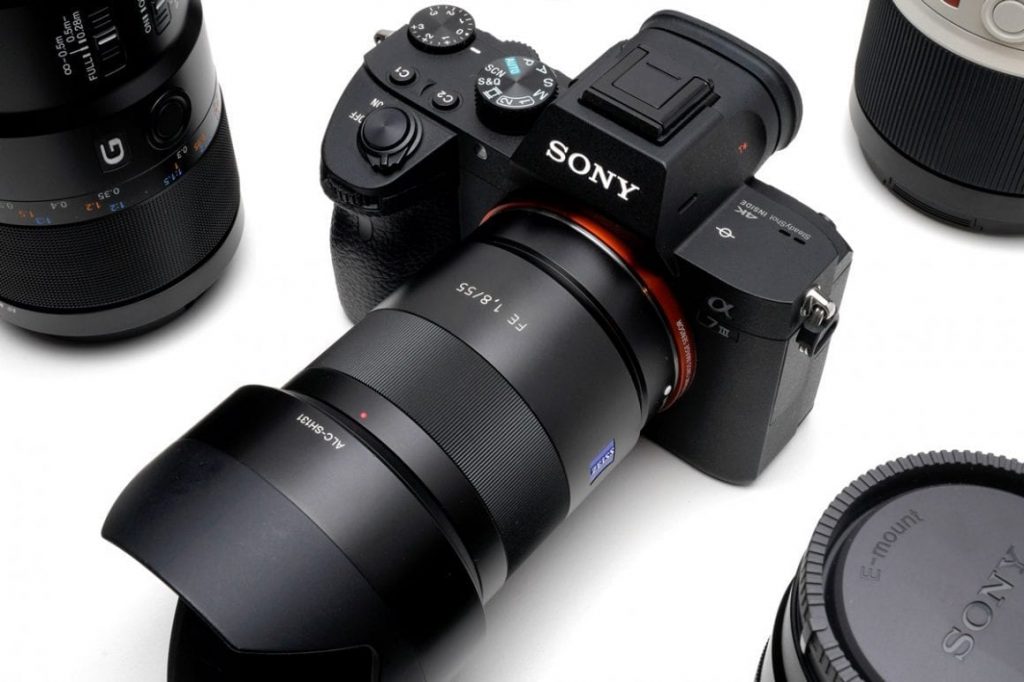
Sony nifty-fifty price comparisons
Sony currently has six native 50mm prime lenses in its current lineup. These do not include third-part options like Tamron or Sigma for the purposes of this comparison.
I kept this a list of native lenses to the Sony e-mount lineup just for comparison purposes. The newest lens to be released is the Sony 50mm f1.2 G Master lens just behind the Sony 50mm f2.5 compact lens.
[wptb id=5485]I’ll be sure to check these out and see how they perform soon. If you’re interested in learning more about each lens, make sure to click the links below.
These prime lenses include:
- Sony 50mm f1.8 FE lens – $248.00
- The Sony 50mm f2.8 FE macro lens – $498.00
- Sony 50mm f2.5 G FE Compact Lens – $500.00
- The Sony Zeiss 55mm f1.8 FE Lens – $898.00
- Sony Planar 50mm f1.4 FE Lens – $1,498.00
- Sony 50mm f1.2 GM FE Lens – $1,998
Why is the 50mm focal length so familiar
From the start, you’ll find the 50mm focal length very familiar. It is a standard prime with a focal length that is similar to your own two eyes. It’s not exact but this fives you a good idea to start with.
Since this a prime lens, you’ll need to zoom with your feet unless your camera has a digital zoom features.
Be sure to keep in mind the minimum focus distance limits of your 50mm lens. This will limit just how close you can get to your subject before the lens has trouble catching focus.
Many 50mm lenses are not meant for macro photography, but they will give you a close focus distance for portraits.
If you’re shooting with a wide aperture like f1.4 or f1.8, be sure to check your portraits after each shot.
The small shallow depth of field might capture focus on the eyes but leave the tip off the nose and ears out of focus.
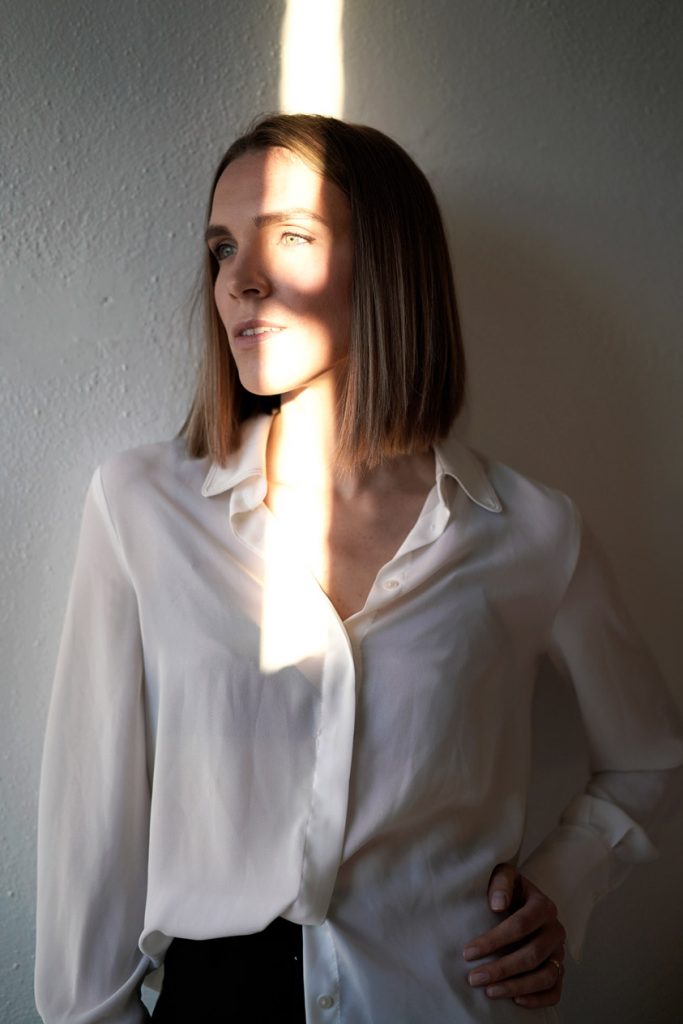
Drawbacks of shooting with a 50mm lens
Like all lenses, the 50mm focal length can have some draw-backs. For example, the Sony 55mm suffers from very visible chromatic aberrations when taking portraits in backlight situations.
This is the green or purple fringing that happens when shooting in high contrast areas. You can adjust this in post-production in many camera raw editors.
Also, the 50mm is considered a “middle of the road” lens. This means it may not have special characteristics such as the 35mm or the 85mm when it comes to portraits.
Check out my 85mm portraits with the Zeiss 85mm f1.8 here to see the comparison.
Some photographers consider it a “boring” lens since it is so close to what you normally see very-day.
Also, pricing can vary depending on your camera system, but larger aperture lenses such as an f1.2 or f1.4 can be very pricey. This can be hard to justify for a single prime lens.
Make sure to do your research or consider used copies as an alternative option.
Should you buy a 50mm lens
I believe every photographer should own a 50mm lens for their collection. Find a small, light weight lens with a fast aperture and you will not regret it.
I started portrait photography with the Sony 55mm f1.8 Zeiss lens and I have never looked back. After 5+ years of shooting portraits, this lens is still in my collection and a big part of my photography.
There are other options for the Sony e-mount system, but for now I prefer my good ole nifty-fifty.
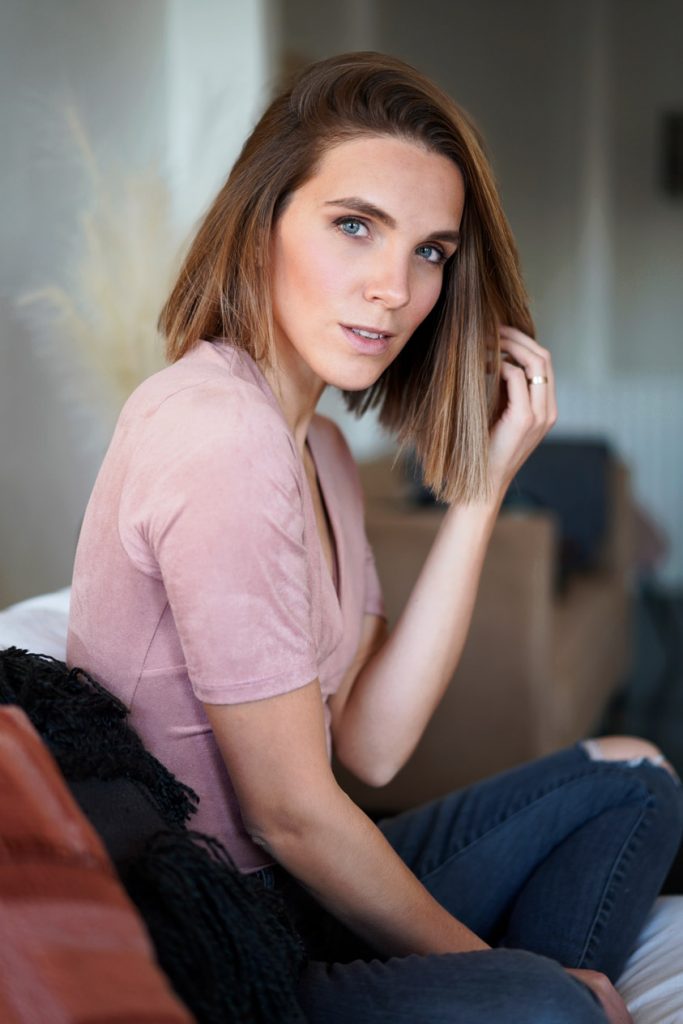
50mm Bokeh Samples
Many 50mm lenses will have fast apertures will will allow for more depth of field and subject separation. This will give you smooth background and foreground bokeh (blur).
When shooting on the Sony 55mm f1.8 the background is nice and blurry and gives you a professional quality look in your subject separation.
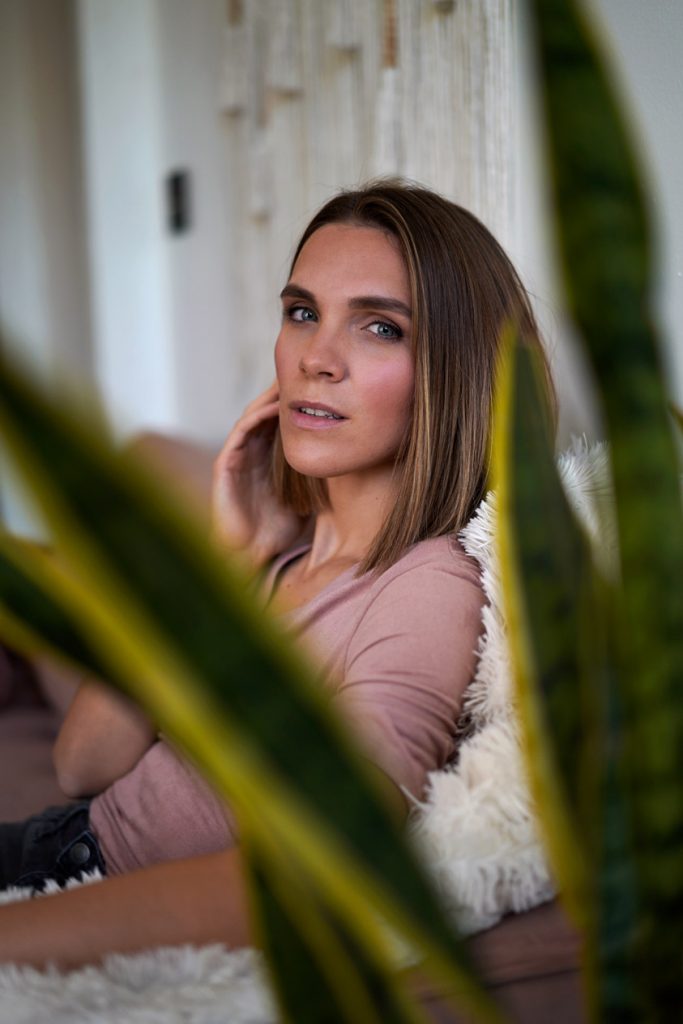
What does a 50mm lens look like for portraits
The look of a 50mm lens is very natural and simple. The lens is not too wide and allows for compositions focusing on a single or multiple subjects. The focal range is mid-telephoto so you will have to get close to subjects in order to get detailed shots.
The 50mm offers beginner photographers the ability to get close and wide shots or a subject without having to change lenses.
50mm Portraits with Hanna
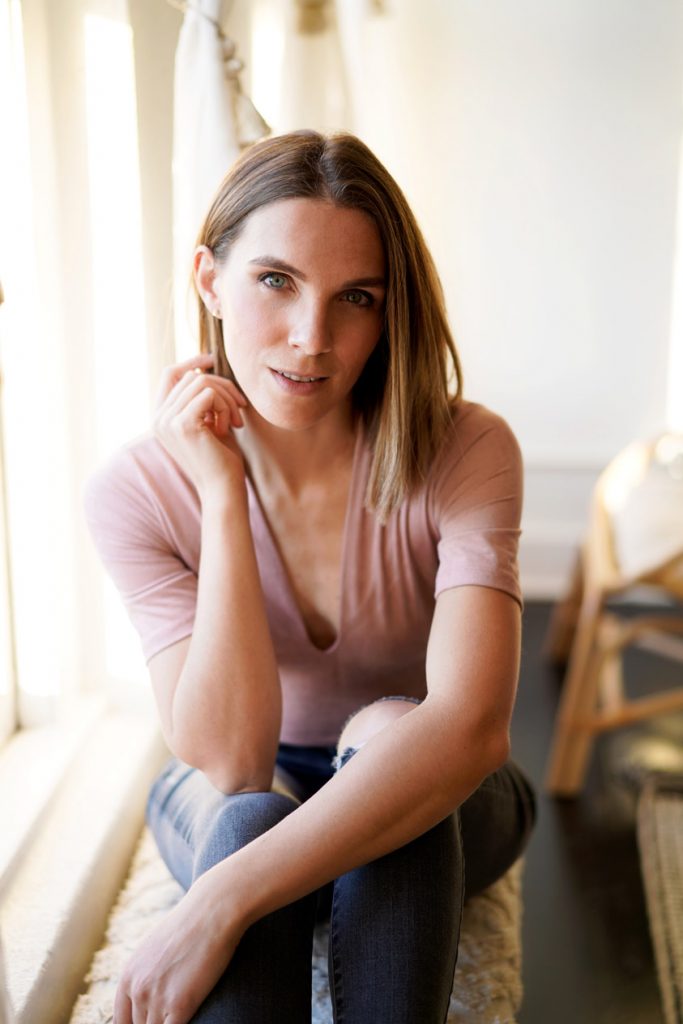
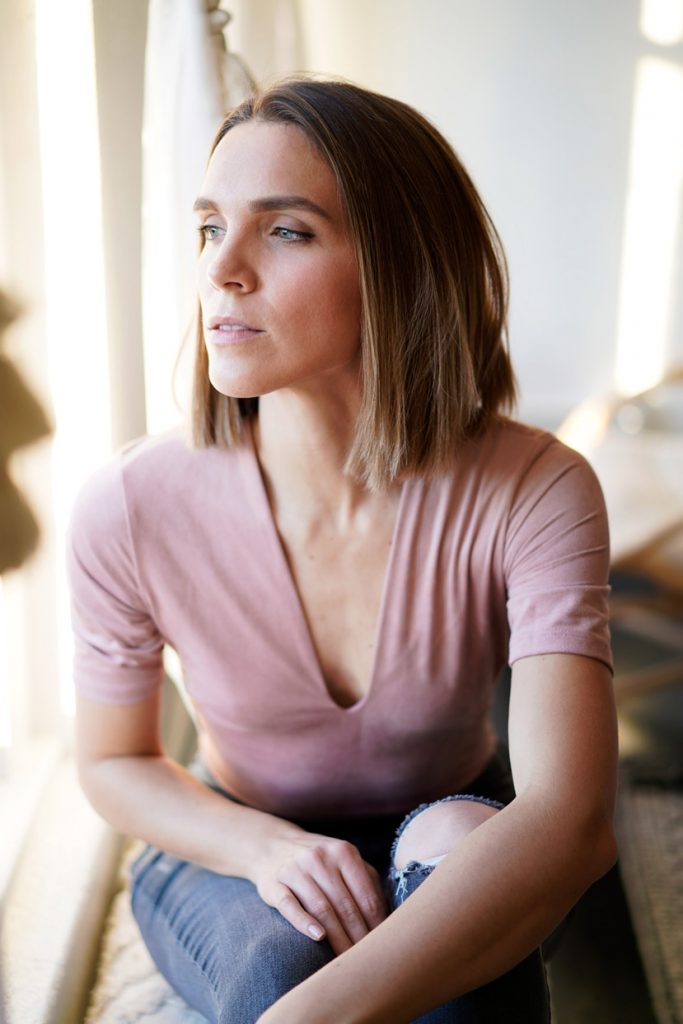
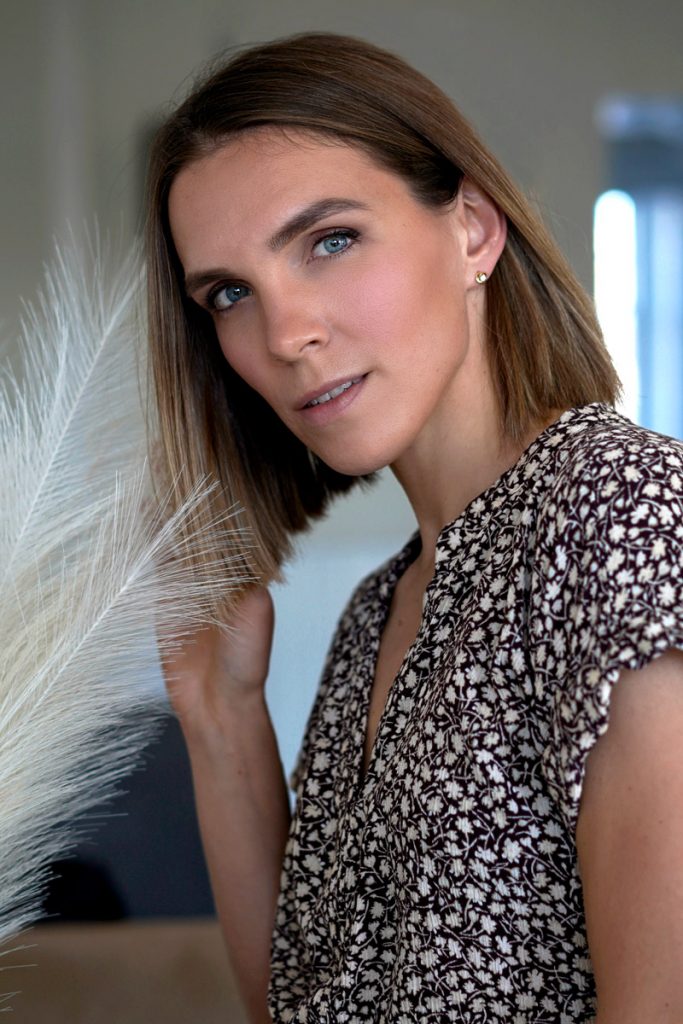
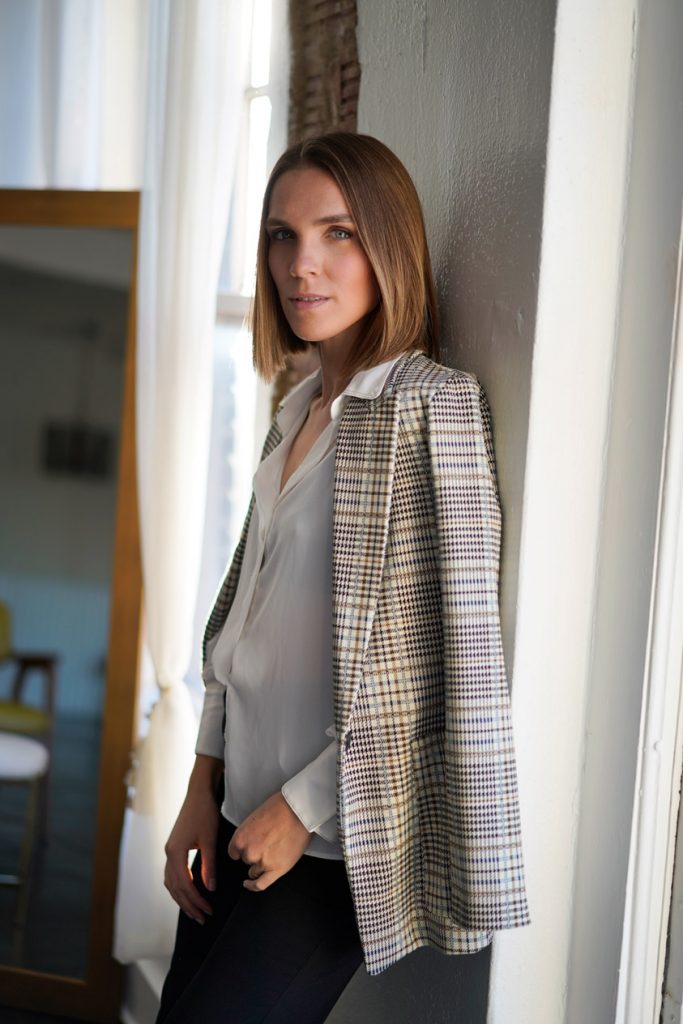
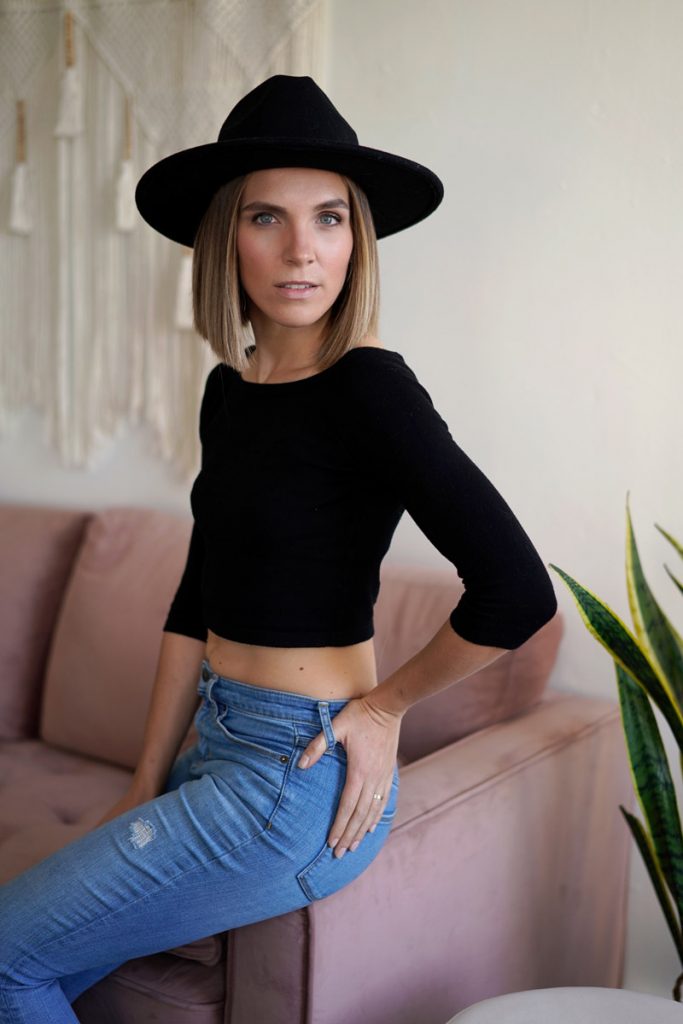
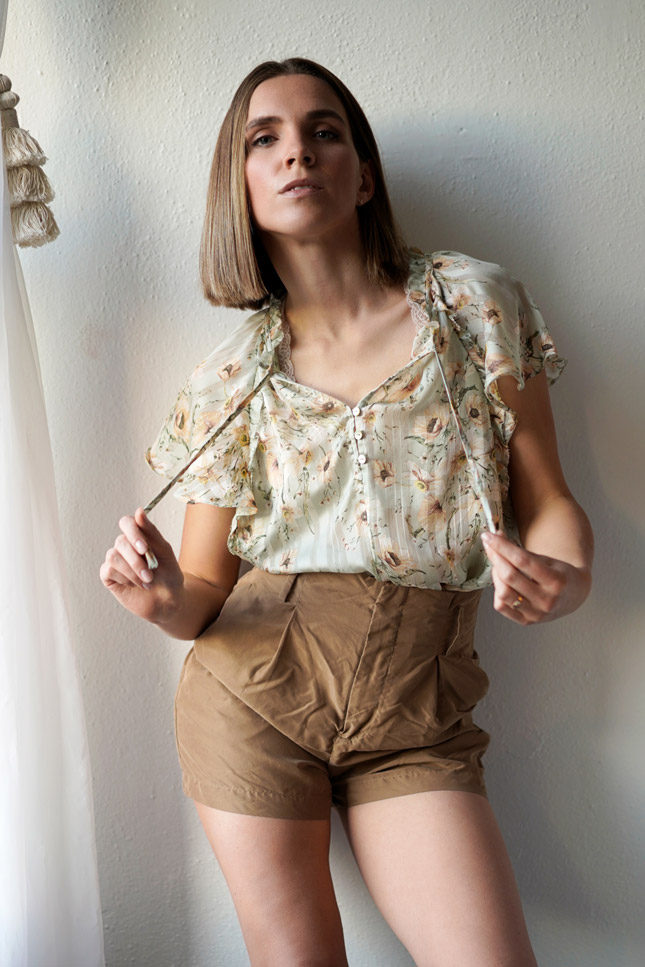

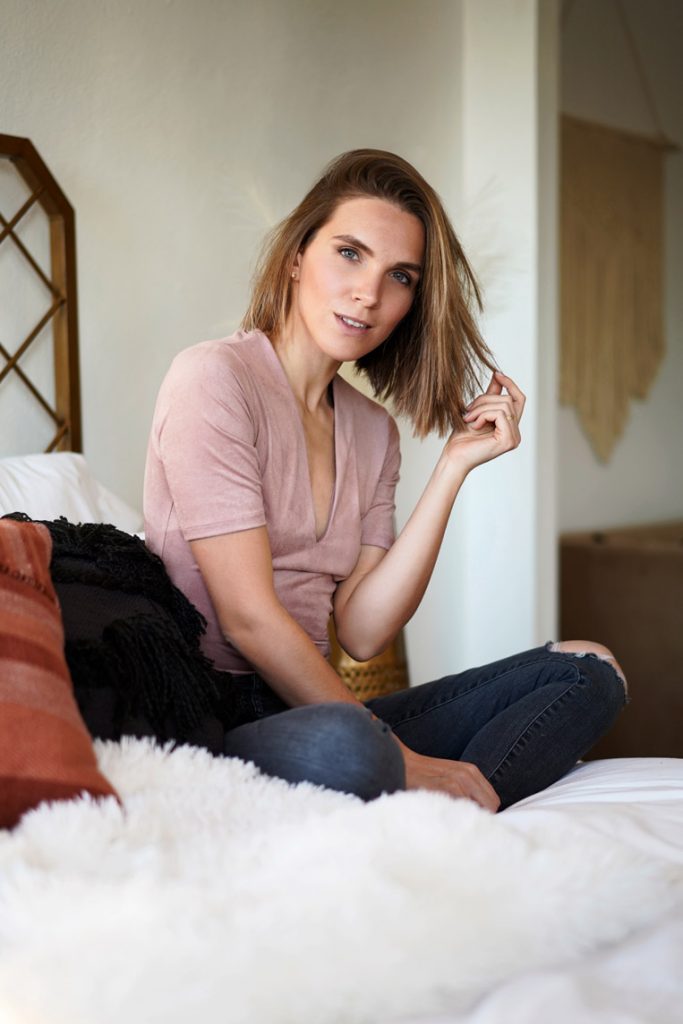
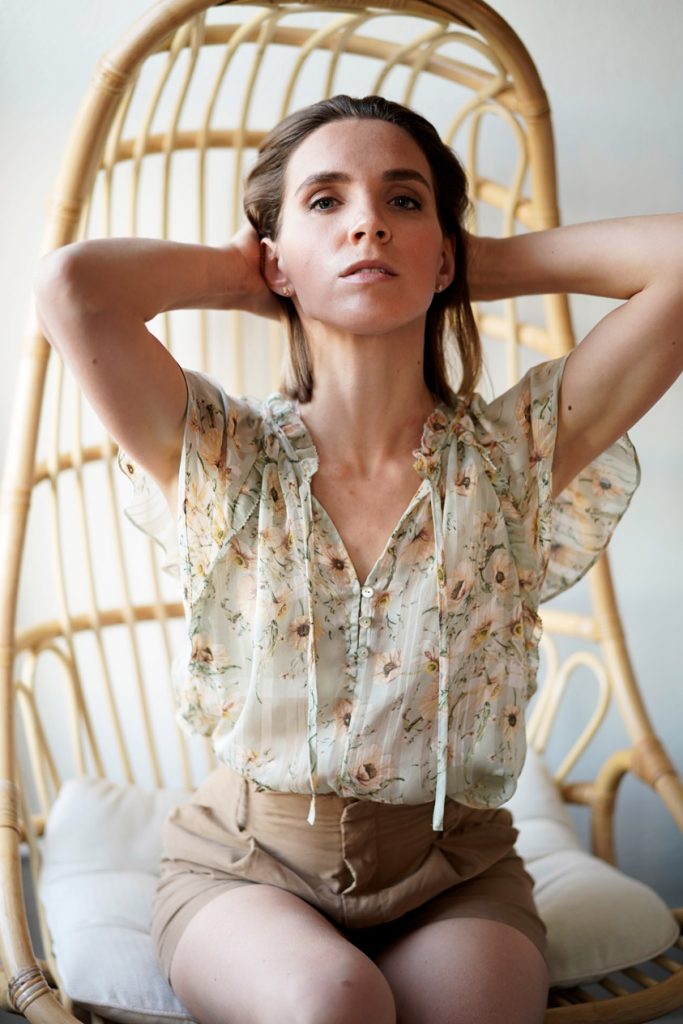
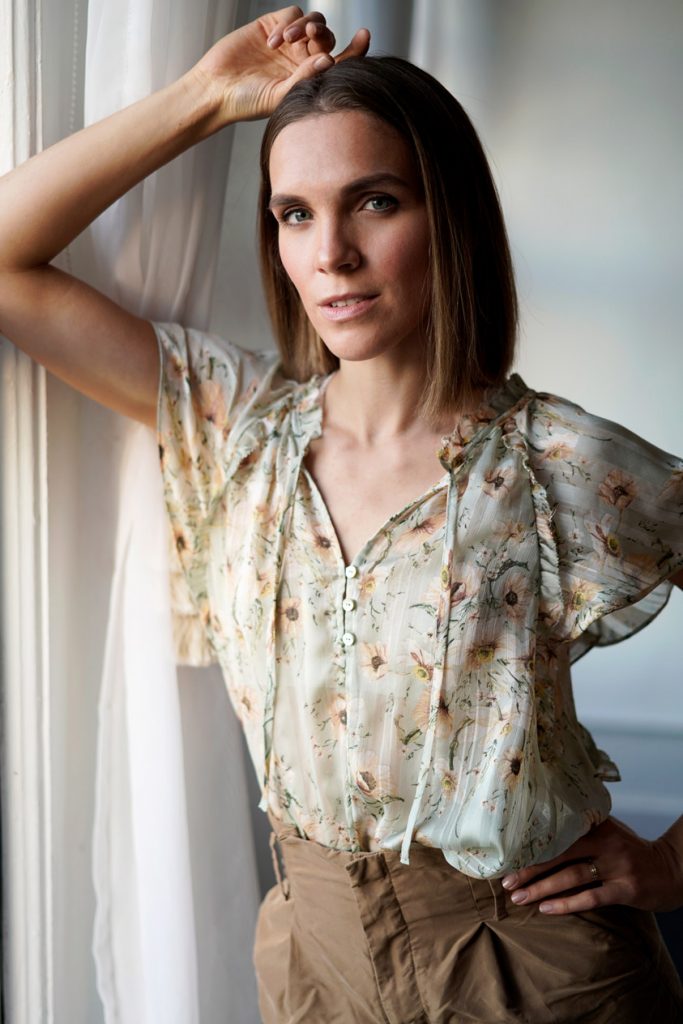
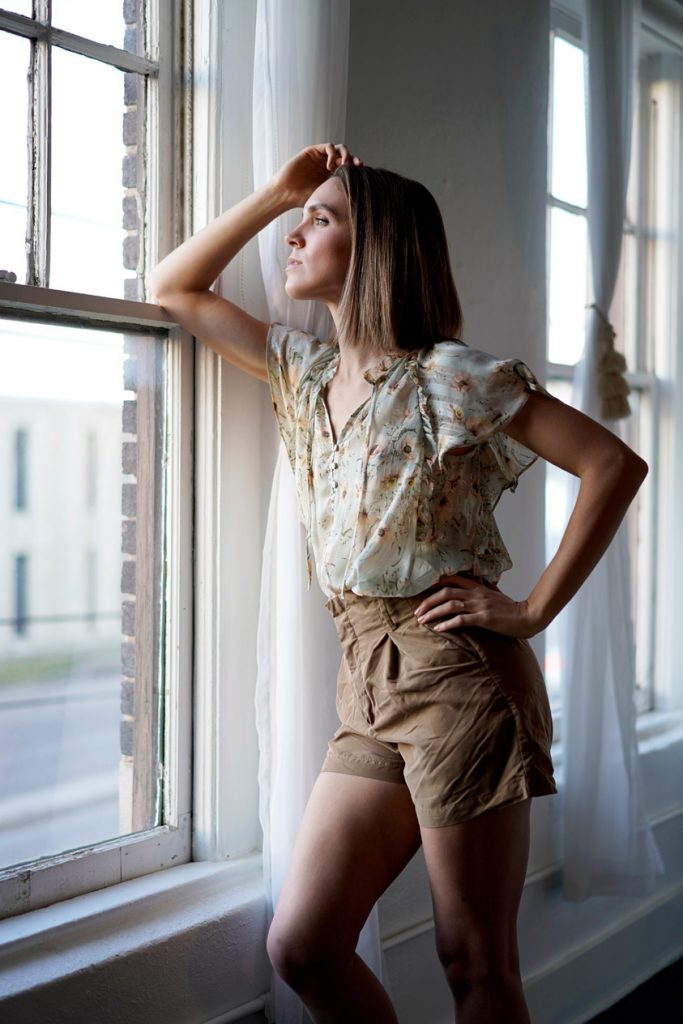
Natural light portrait samples
